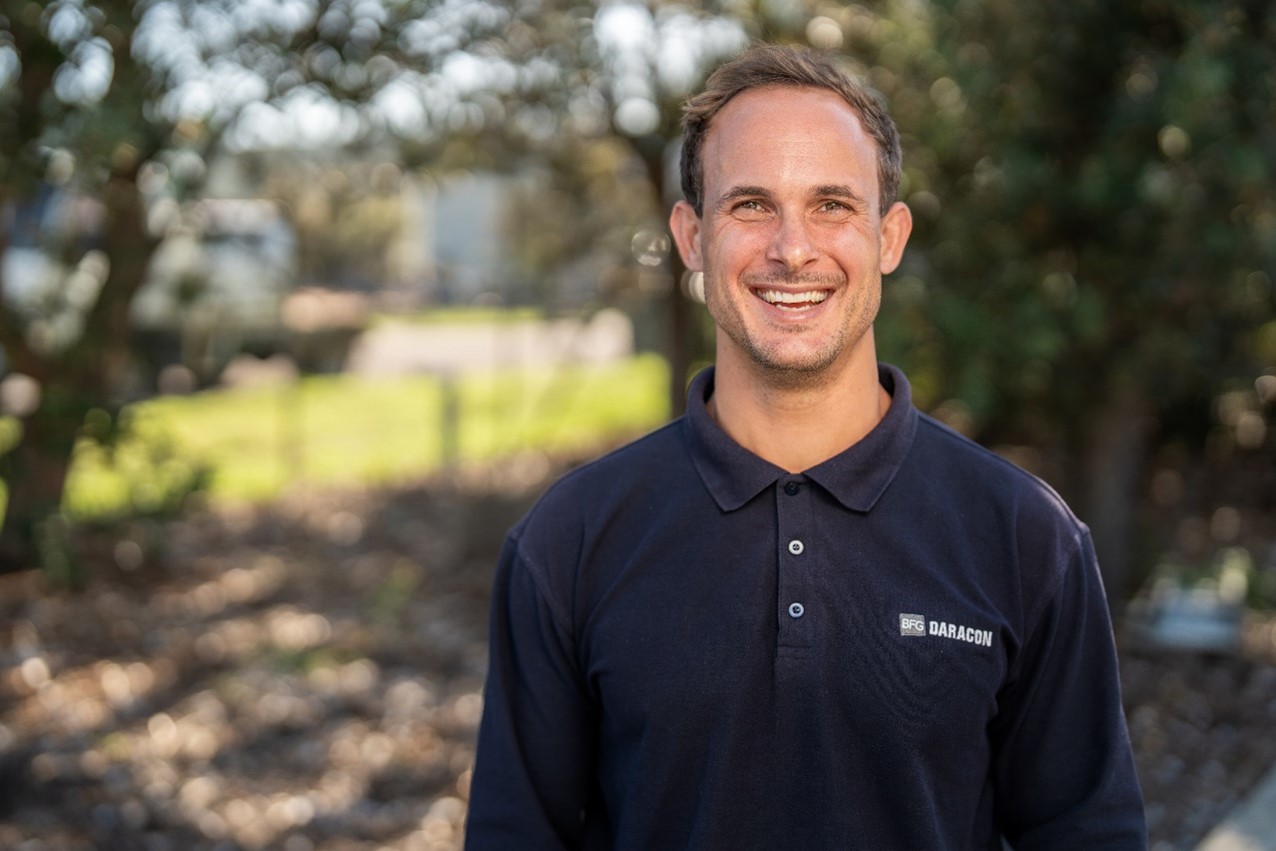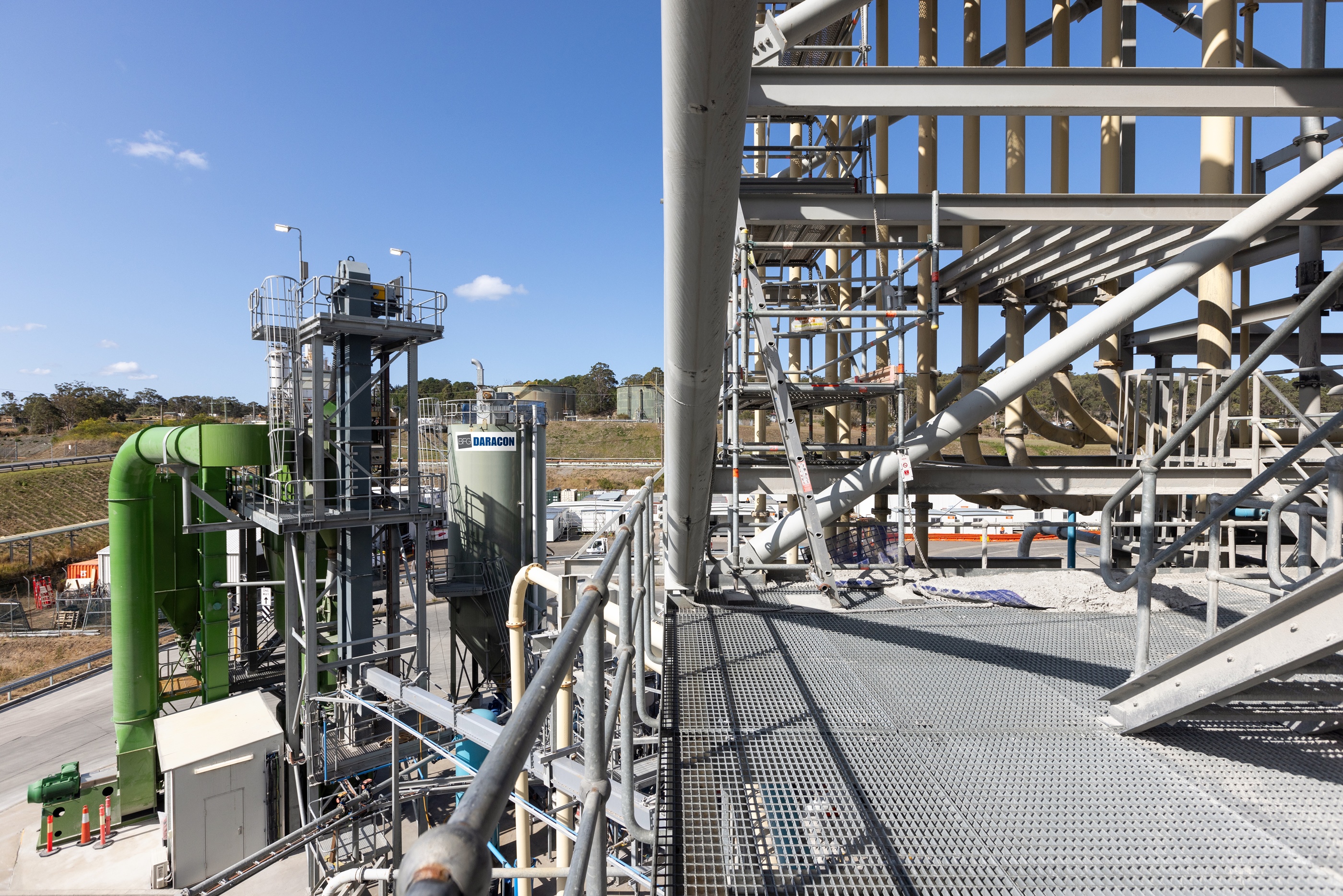PRODUCT SUPPLY FAQS
What is fly ash?
Fly Ash is the by-product of burnt coal that is used in concrete and cement products, road base, and asphalt. It serves as a sustainable option that increases concrete durability and workability while reducing environmental impact.
What are the benefits of fly ash?
Fly ash offers several benefits, including:
Improved strength and durability of concrete products.
Reduced environmental impact through the reuse of coal by-products.
Enhanced workability and longevity of road base and asphalt.
Cost-effectiveness compared to traditional materials.
Can I organise a bulk load of fly ash or blended product?
Absolutely! Reach out to our team
to make arrangements. We offer both bulk and bagged products tailored to your project requirements.
What is pond ash?
Pond ash is a mixture of fly ash and bottom ash that has been stored in a dam at a power station. It tends to be a coarser product, often used in commercial applications.
What are the benefits of using pond ash?
Pond ash offers similar benefits to fly ash, including:
Enhanced strength and durability of concrete and cement products.
Sustainable reuse of coal by-products, contributing to environmental conservation.
Cost-effective solution for various construction and infrastructure projects.
SERVICE FAQS
What is grouting?
Grouting is a process used to fill underground voids, stabilise soil, or reinforce structures. It involves injecting a fluid-like material, such as cementitious bulk grouting, into the subsurface to improve ground conditions or prevent settlement.
Can you arrange for my block or property to be grouted for sign off by the Subsidence Advisory Board of NSW?
Yes, we can undertake the full process to enable your block or project to be compliant with any requirements of the NSW Subsidence Advisory Board. Please contact us
for more information and to discuss your specific needs.
What types of projects require grouting services, and how does the process work?
Grouting services are commonly required for a variety of projects, including foundation stabilisation, soil improvement, and underground void filling.
The grouting process involves injecting a cementitious grout into the subsurface to fill voids, stabilise soil, or reinforce structures. This helps to mitigate settlement, prevent water infiltration, and enhance the overall integrity of the ground.
How does drilling contribute to site investigation and geotechnical assessment?
Drilling provides valuable insights into subsurface conditions. Through drilling, soil and rock samples can be extracted for analysis, allowing engineers to assess factors such as soil composition, stability, and groundwater levels. This information is essential for designing foundations, assessing slope stability, and determining the feasibility of construction projects.
What measures are taken to ensure the safety and environmental sustainability of grouting and drilling operations?
We prioritise safety and environmental sustainability in all our grouting and drilling operations. Our team undergoes rigorous training and adheres to strict safety and quality assurance protocols to minimise risks and ensure the well-being of workers and the surrounding environment.
Additionally, we employ environmentally friendly practices, such as proper waste management and the use of eco-friendly materials, to minimize our ecological footprint.
How can subsidence engineering mitigate the risks associated with historical mine workings?
Subsidence engineering involves techniques aimed at mitigating the risks associated with historical mine workings, such as ground subsidence and instability. By utilising methods like grouting and ground reinforcement, subsidence engineers can fill voids, stabilise soil, and reinforce structures to prevent settlement and mitigate potential hazards. Through careful planning and implementation, subsidence engineering helps to safeguard communities and infrastructure from the effects of mining-related subsidence.
How does tight access drilling work and what are its benefits?
Tight access drilling utilises specialised equipment and techniques to navigate challenging terrain and confined spaces with ease. Our team employs compact drill rigs and advanced technology to access areas that are inaccessible to conventional drilling equipment. By minimising the need for excavation and reducing disruption to surrounding structures, tight access drilling offers benefits such as increased accuracy, efficiency, and cost-effectiveness, making it ideal for projects with limited space or difficult access points.














